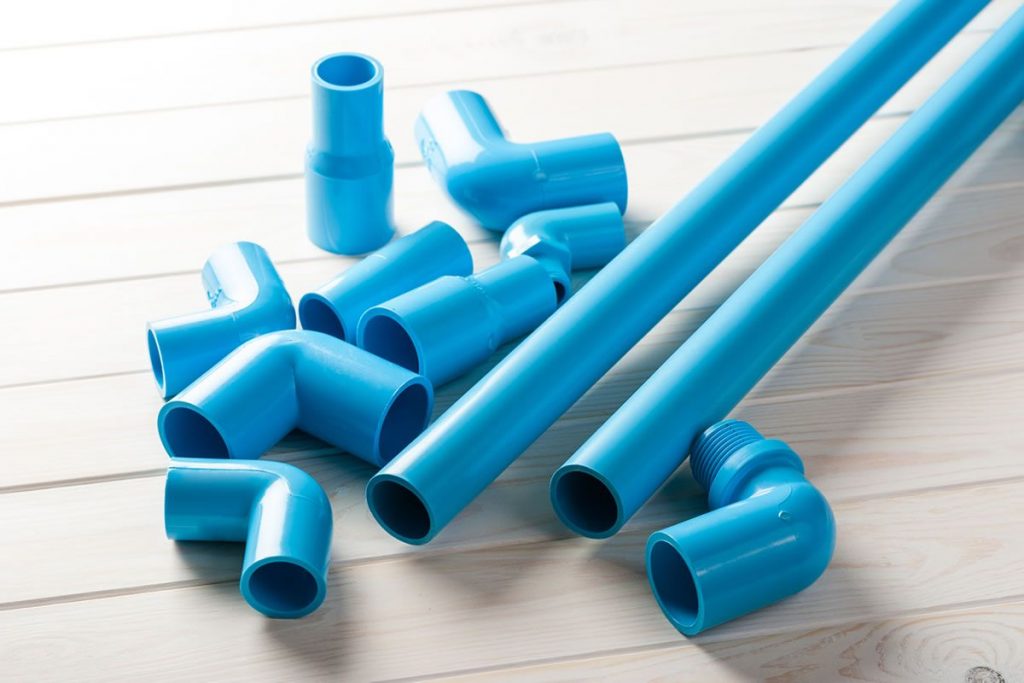PVC pipes, commonly known as polyvinyl chloride pipes, are the most prevalent pipes used in plumbing today besides hypro pvc-o pipe in Malaysia. They are strong and resistant to ripping or cracking when exposed to water pressure. Another reason plumbers like PVC sewers is that they are considerably easier to repair than copper sewers. Copper and plastic pipes have a few key distinctions. They are more environmentally friendly than pipes made of most other materials since they are recyclable and reusable. Most consumers are unaware that there are numerous types of PVC pipes since plumbers refer to them all as “plastic pipes.” Even so, they appear in a variety of forms and sizes, and individuals build them in a variety of ways.
PVC pipes come in four different types:
- PVC that has not been plasticized (PVC-U)
- PVC that has been chlorinated (C-PVC)
- PVC with a molecular orientation (PVC-O)
- PVC with a High Impact (PVC-Hi)
While they share many characteristics, such as endurance, reliability, recyclability, and durability, they differ in a number of ways. Each variety has its own set of benefits, and each is better suited to a certain use.

PVC that has not been plasticized (PVC-U)
PVC-U is a pipe that is made without the use of a plasticizer. A plasticizer, according to ChemistryViews, is a compound that manufacturers add to a material to make it more flexible and softer. To put it another way, a plasticizer enhances plasticity, reduces viscosity, and lowers friction. A rigid PVC pipe is also known as a PVC-U pipe. There are several advantages to utilising unplasticized PVC fittings and pipes.
First and foremost, they are light, inexpensive, and simple to use. As a result, they’re ideal for transporting drinking water. They offer excellent mechanical properties, as well as chemical resistance and UV resistance. Moreover, they are quite long-lasting. Unplasticized PVC has the added benefit of being 100% recyclable. As a result, they are regarded as the most environmentally beneficial sewage pipelines.
PVC that has been chlorinated (C-PVC)
C-PVC pipes, or chlorinated PVC pipes, have a greater chlorine content. Chlorination of PVC resin is used to create them. In the 1960s, manufacturers introduced them to water distribution systems, although their production method changed slightly. Pigments, lubricants, stabilisers, and impact modifiers are among the various additives used in chlorinated PVC. Chlorinated PVC pipes, like unplasticized PVC pipes, are extremely corrosion resistant and safe to use for drinking water.
Both are also long-lasting due to their high impact resistance. The most significant distinction is that chlorinated PVC pipes can withstand a broad variety of temperatures. As a result, they’re ideal for sewage systems in both residential and commercial settings. They’re also a lot more flexible than U-PVC since they include plasticizers in them. Although C-PVC is more ductile than PVC-U, both are 100% recyclable. They are admired by environmentalists all around the world because of these characteristics.
